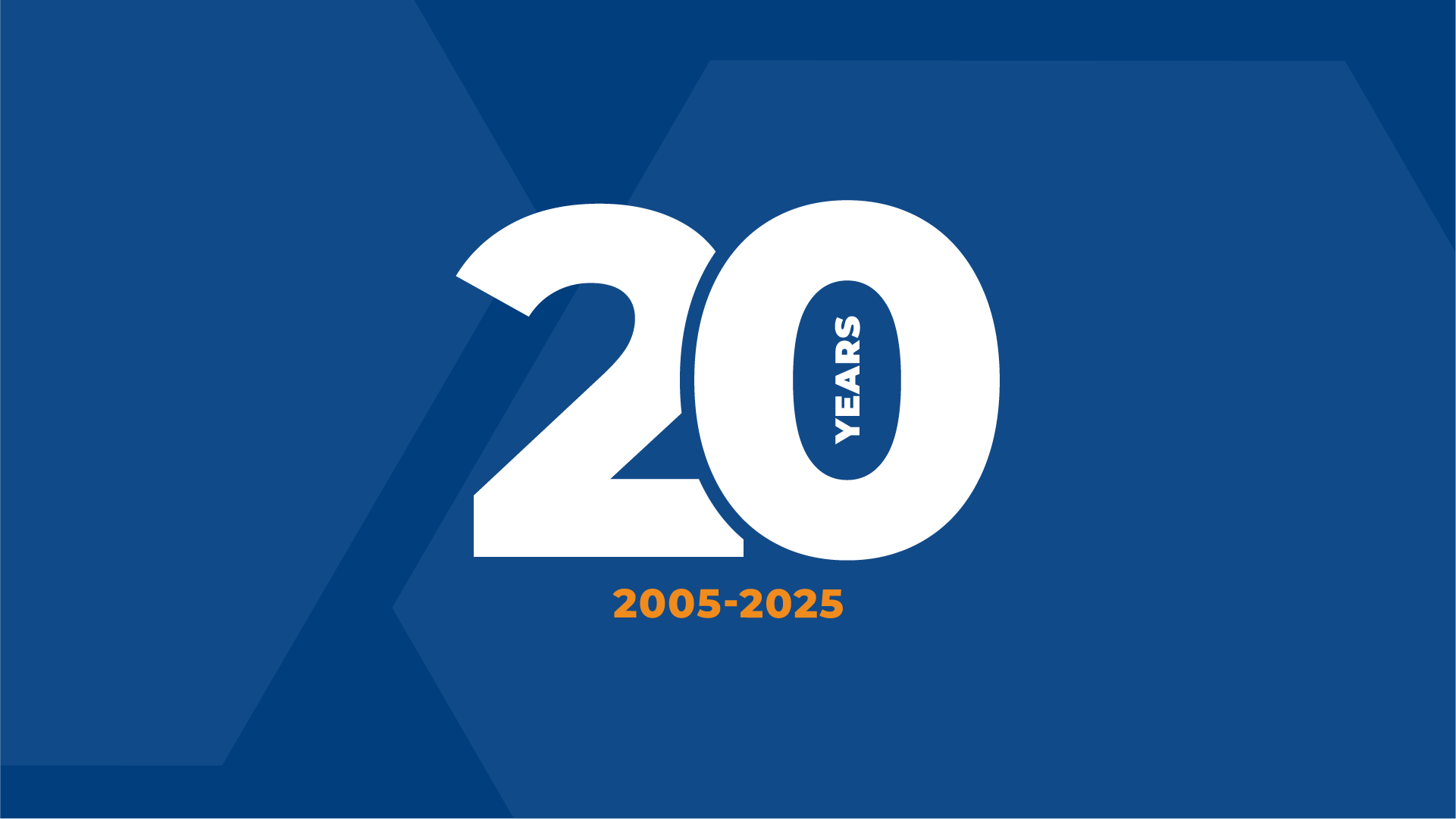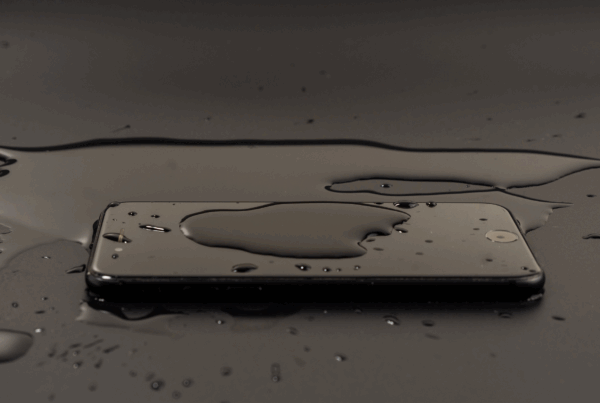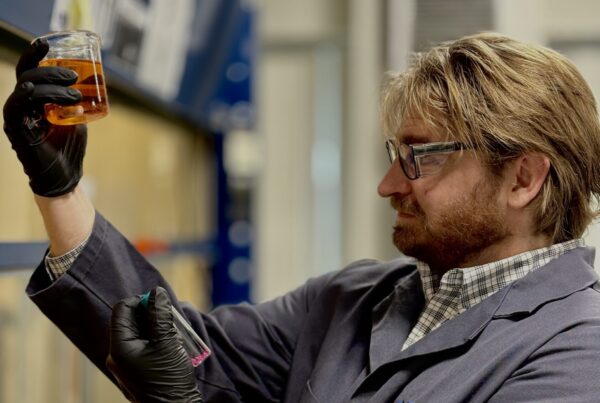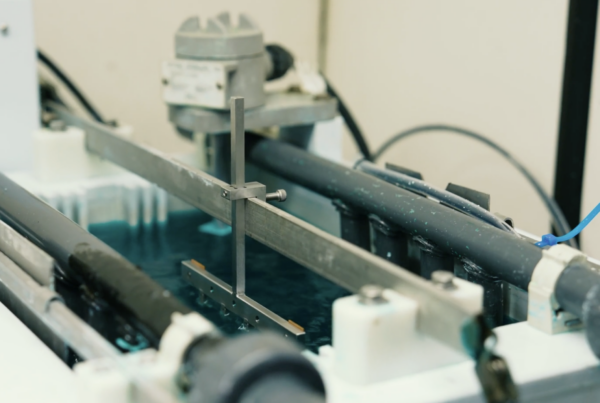This year, Xtalic celebrates its 20th anniversary and to mark the milestone, we sat down with CEO Tom Clay, who has led Xtalic since 2008, to reflect on the company’s journey, its defining moments and what lies ahead.
Contents
How has Xtalic’s MIT foundation shaped the company’s approach to innovation?
Tom Clay: I think we can credit Chris Schuh and Alan Lund, our two founders from MIT, for a real science-first approach to the work we do at Xtalic. Our commitment to customers is to give them a really thoughtful engineering and science-based response to any project they bring us. Even if we don’t have a solution right away, we provide first-class analysis and feedback. That creates partnerships where, even if a first project doesn’t lead to commercialization, customers come back because they value the quality of the work. This rigorous scientific analysis that Chris and Alan brought to us from MIT has really become core to our culture.
Can you tell us more about the company’s early foundation? What were the first applications that sparked Xtalic’s journey?
Tom Clay: Chris and Alan had developed a toolkit that could predict which new alloy formulations were most likely to advanced properties. One of the early examples was a nickel-tungsten alloy that had breakthrough levels of wear protection and corrosion resistance. One of the first commercialization opportunities was as a replacement for hexavalent chromium, which is widely used but hazardous for workers. They got positive feedback from companies like John Deere and Delta Faucet about creating a high-performing coating that didn’t have the downsides of hexavalent chrome. This early development later opened the door to our first use in mass production.
As Xtalic celebrates 20 years, what defining moments or inflection points stand out to you?
Tom Clay: So many of our big moments came when breakthrough science transitioned into real-world adoption. Working with customers involves moving through a long test sequence from lab testing all the way through to full-scale production. The truly defining moments are when you walk into a customer’s factory and see your product being used at scale. Our partnership with Amphenol that led to our first mass production installations in the high-speed backplane space stands out to me as our first key inflection point. I’m very proud of how a relatively small and young team was able to meet the highest standards of some of the biggest global manufacturers.
What sets Xtalic apart in terms of delivering long-term value to customers?
Tom Clay: I think it’s the way we engage at the engineering level. We’re not just selling materials, we’re often sitting with customers to roadmap their next generation of technology needs. We develop test methods in partnership with our largest customers. Several of our customers invite us in to give seminars on the dynamics of wear protection and corrosion resistance. That level of collaboration and expertise sets us apart and makes us a long-term partner in solving their toughest problems.
Xtalic’s alloys are embedded in hundreds of millions of devices and billions of parts each year. What does scale mean for the company’s role in global tech infrastructure?
Tom Clay: At this point, anyone carrying a smartphone, a wearable device, or using the internet is interacting with our alloys every day. We’ve produced billions of parts, and we’re manufacturing hundreds of millions each year. Our materials are deeply embedded in the global tech infrastructure. We’re humble about it, we’re experts in a very specific niche, but it’s an area that truly matters and it impacts billions of people worldwide.
You’ve been leading Xtalic since 2008. What perspective does that give you on the company’s evolution?
Tom Clay: Xtalic can now move from a customer need to a commercial ready alloy incredibly quickly, at times in just a few months. Each stage of this process has evolved to become finely honed. Our computational design engine can now downselect to just a few high potential alloys in just a few days. Our R&D team can create a working chemistry model to produce the alloy in the physical world in weeks. Our engineering team has developed deep knowledge of our customers specifications and adoption process so we are ready to match their schedule. Taken together these skills have become our superpower.
Sustainability has become a central theme in technology today. How does it factor into Xtalic’s work?
Tom Clay: Sustainability has been part of our DNA from the start. Our first applications were about replacing hazardous chromium coatings and we’ve continued that mindset. Today, we design products to last four to five times longer than conventional materials, reducing the need for replacements. We focus on materials with lower mining and carbon impacts, and most of our alloys use recycled materials. Our customers increasingly want solutions that support safety and sustainability goals and we’re proud that our materials help deliver that.
What excites you most about Xtalic’s future?
Tom Clay: Our toolkit has never been more powerful, and we’re applying it to new markets like renewable energy, semiconductors and medical devices. That broader impact is really exciting. I’m also energized by our team, many of our people have grown into recognized experts in our field. It’s incredibly gratifying seeing them thrive and bring our innovations to customers worldwide. I’m looking forward to positioning our team to create new solutions with our core customers and in new industries while staying true to the principles that have guided us since the beginning.
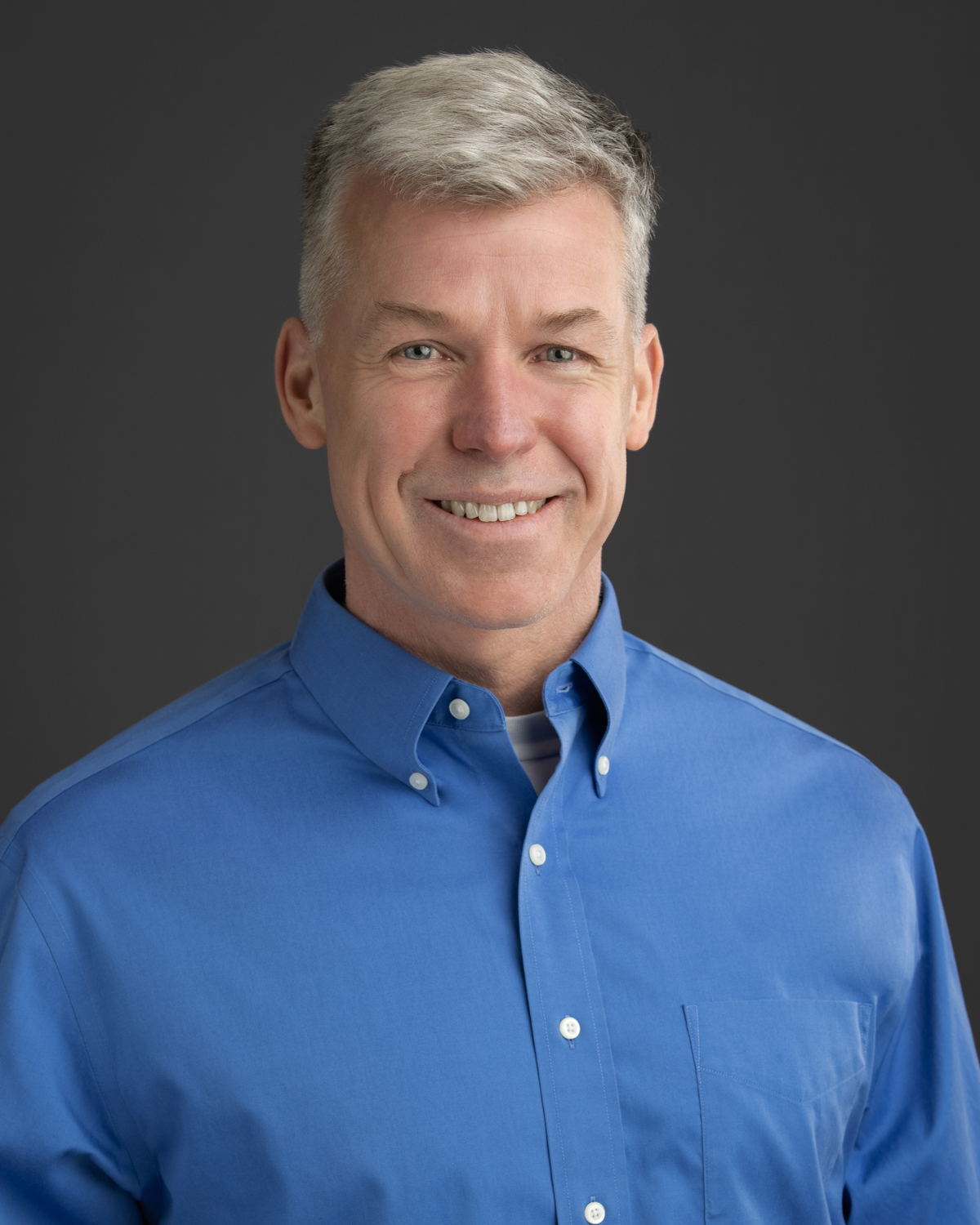
Tom Clay
Chief Executive Officer
Tom joined Xtalic as CEO in March 2008. Prior to joining Xtalic, he spent 10 years growing another successful MIT startup, Z Corporation, from early commercialization phase to market leadership in the 3D printing space. Tom served as president, CEO, and board member for Z Corporation. He is a former airborne ranger and led reconnaissance teams while stationed at Fort Bragg, North Carolina. Tom holds a BA from Princeton University in Mathematics and an MBA with high distinction (Baker Scholar) from the Harvard Business School.
